The Dale and Betty Bumpers Vaccine Research Center was established
On Jun. 9, 1999, the Dale and Betty Bumpers Vaccine Research Center (VRC) was established at the National…
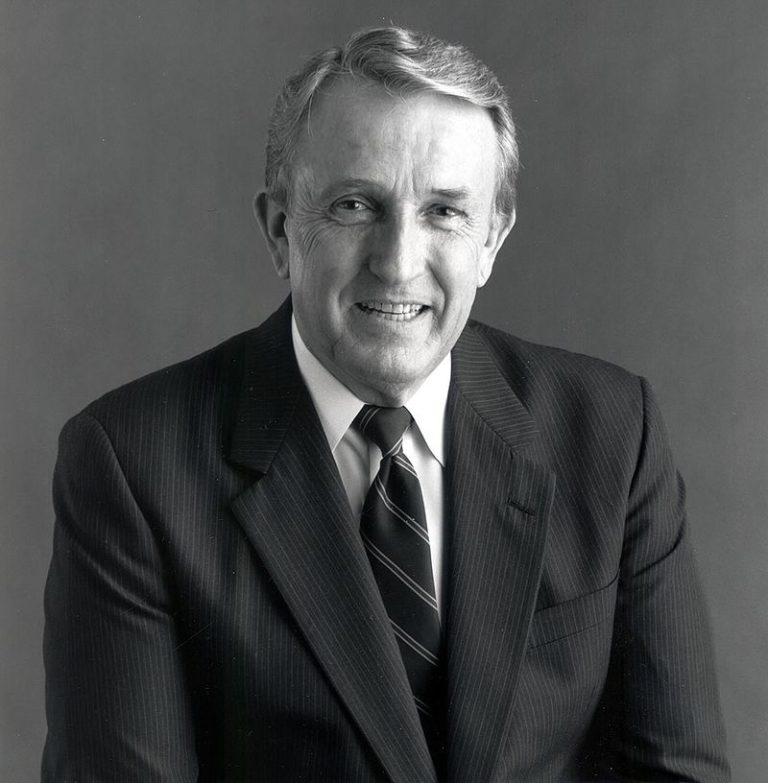
On Jun. 9, 1999, the Dale and Betty Bumpers Vaccine Research Center (VRC) was established at the National…
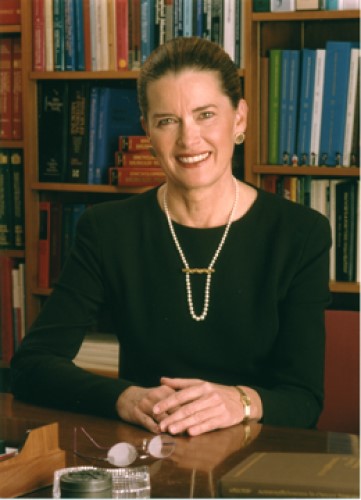
On Jan. 17, 1999, Jane E. Henney, M.D., appointed by President Bill Clinton, became the first woman to…
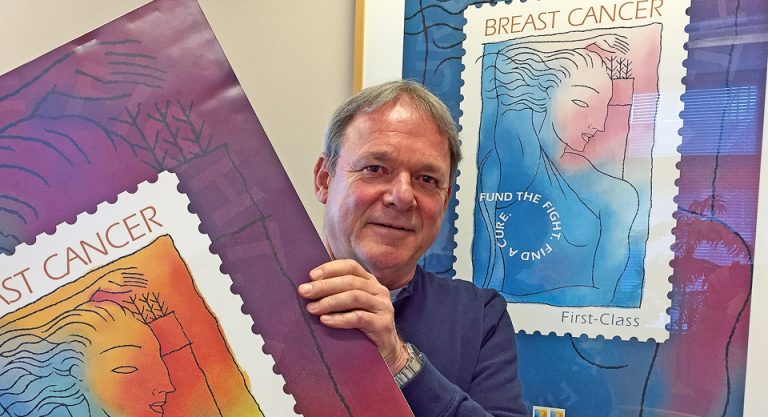
On Jul. 29, 1998, the Stamp Out Breast Cancer stamp was first issued. The driving force behind the…
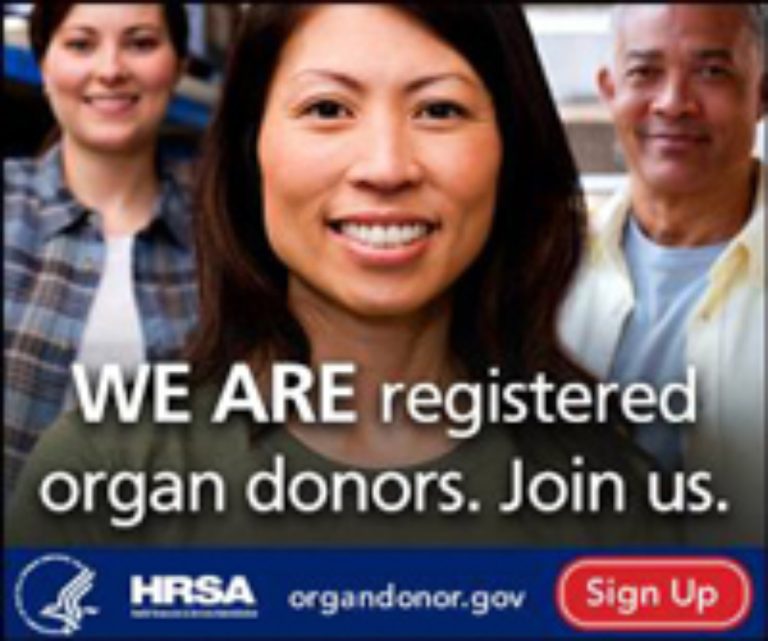
On Feb. 14, 1998, National Donor Day was started by the Saturn Corporation and its United Auto Workers…
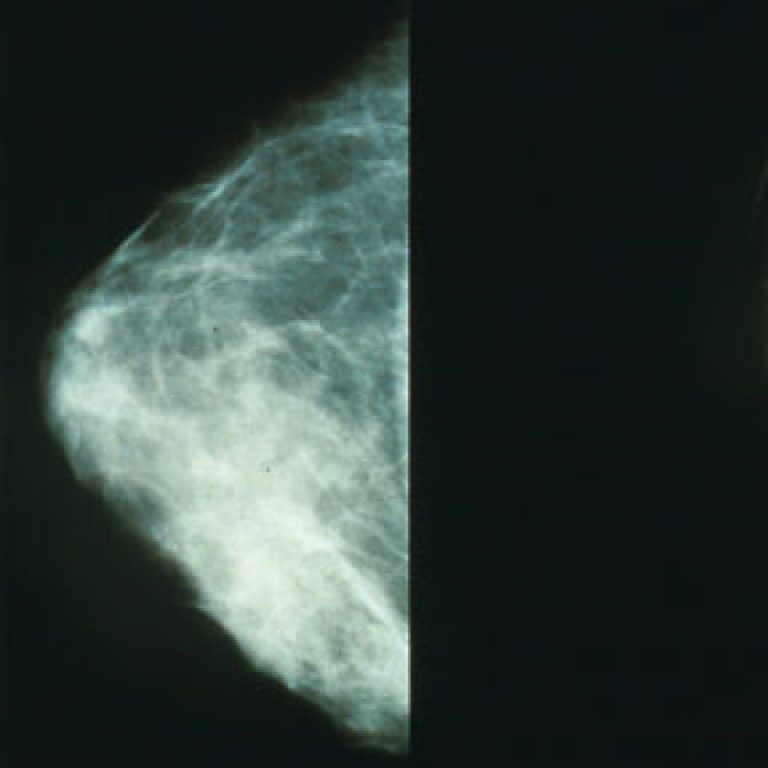
In 1998, the Mammography Quality Standards Reauthorization Act (MQSA) was passed by the U.S. Congress and continued the…
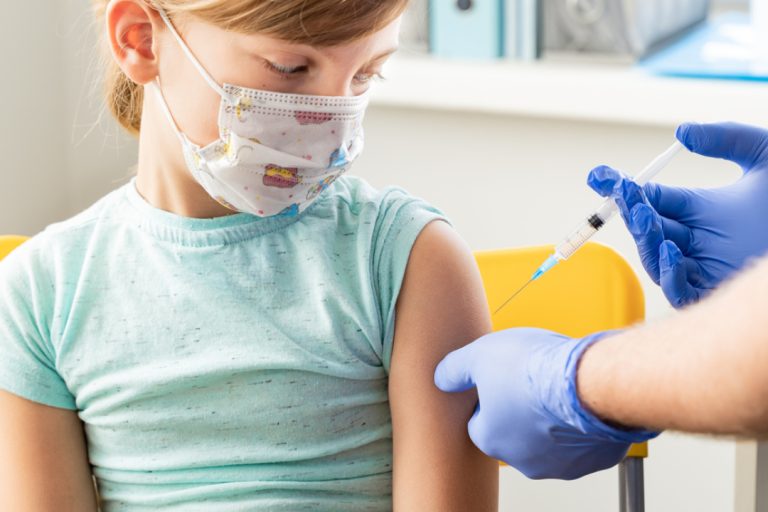
In 1998, the Pediatric Rule was implemented that required drug manufacturers to study the efficacy and safety of…
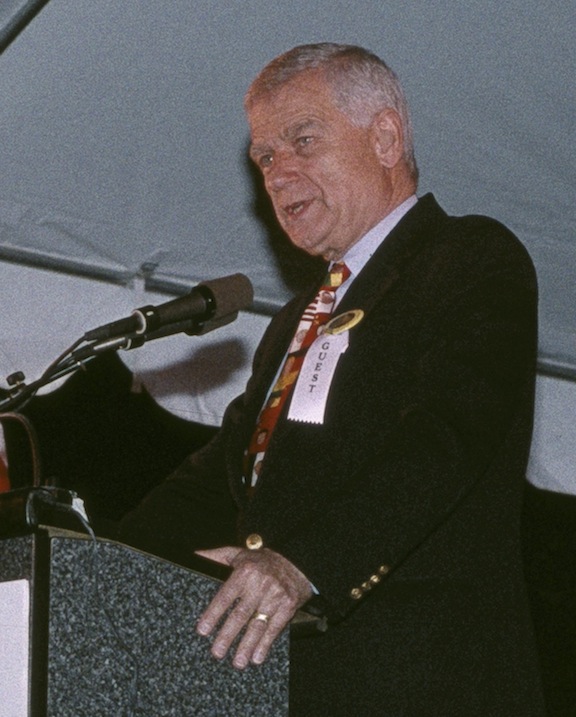
On Nov. 4, 1997, Vice President Al Gore and Senator Mark O. Hatfield attended groundbreaking ceremonies for the…
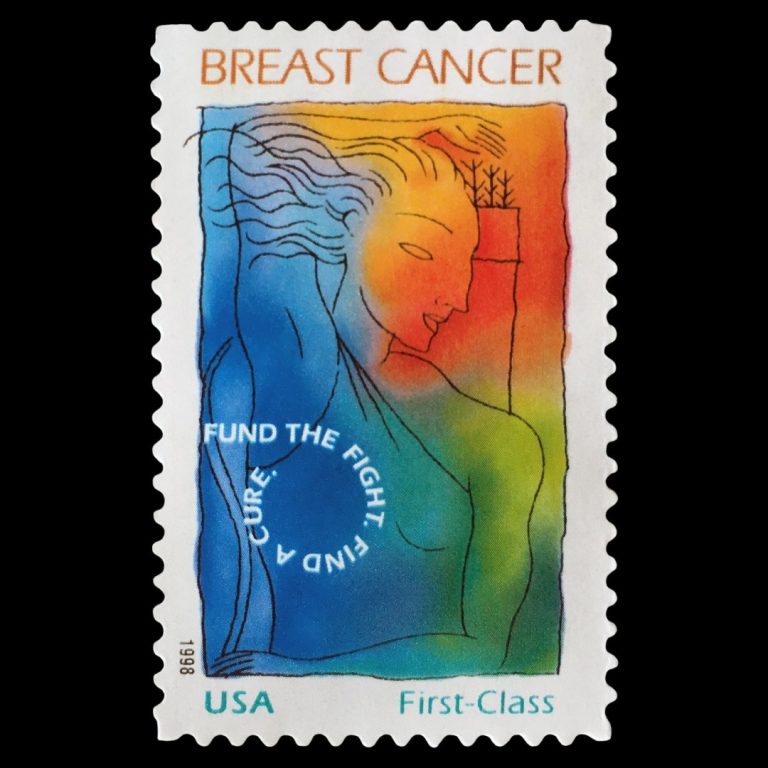
On Aug. 13, 1997, the Stamp Out Breast Cancer Act (PL 105-41) was signed into law by President…

On Jul. 29, 1997, the National Cancer Institute (NCI) released information that nuclear testing during the 1950s could…
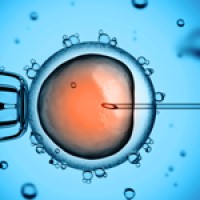
On Mar. 4, 1997, President Clinton issued an executive order that banned federal funds for cloning experiments. This…
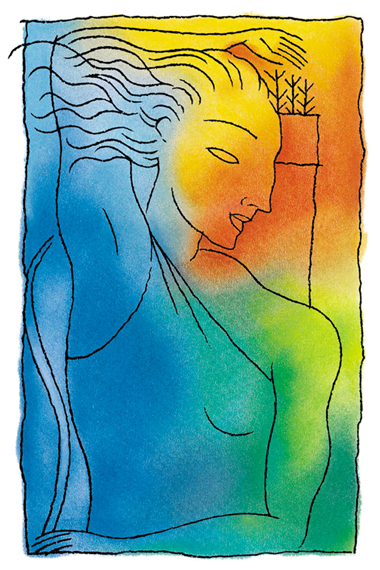
In August 1997, the U.S. Congress passed legislation that directed the U.S. Postal Service to issue its first…
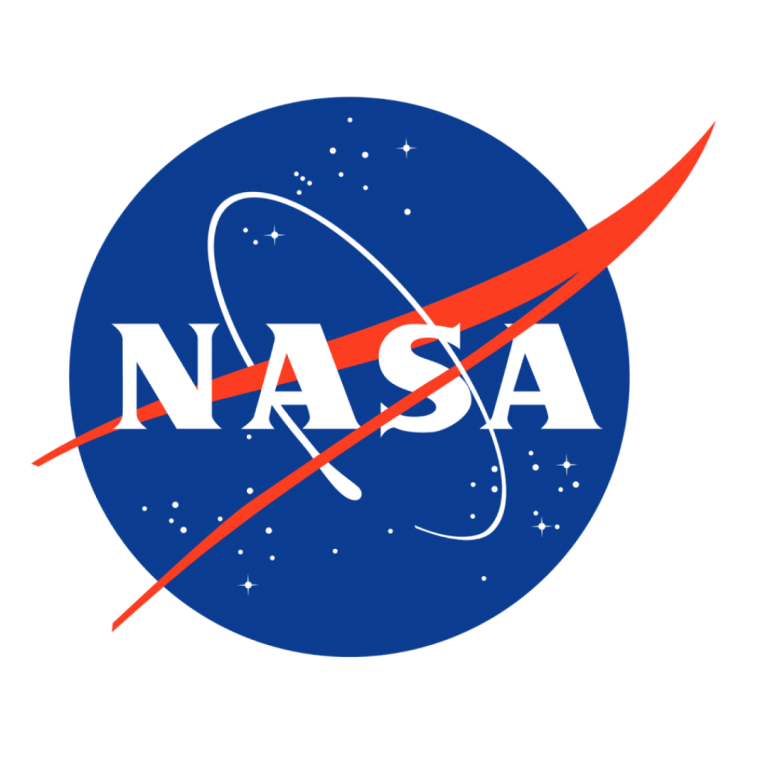
In 1997, the National Space Biomedical Research Institute (NSBR) was established in Houston through a NASA Cooperative Agreement….
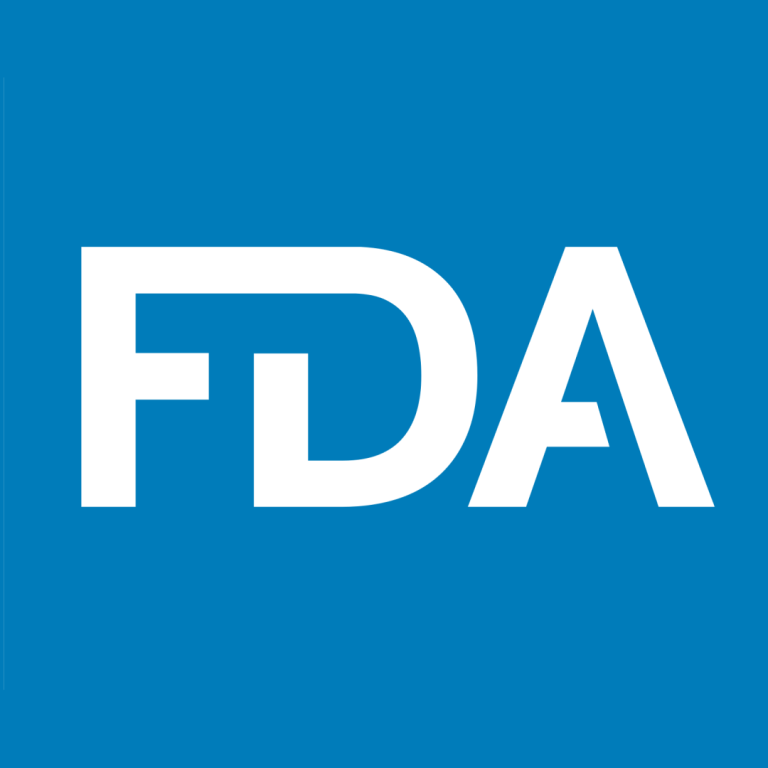
In 1997, the U.S. Food and Drug Administration (FDA) Modernization Act reauthorized the Prescription Drug User Fee Act…
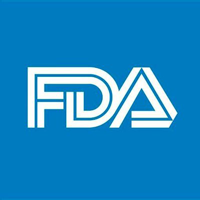
On Aug. 3, 1996, the Food Quality Protection Act, unanimously passed by Congress, became effective and amended the…
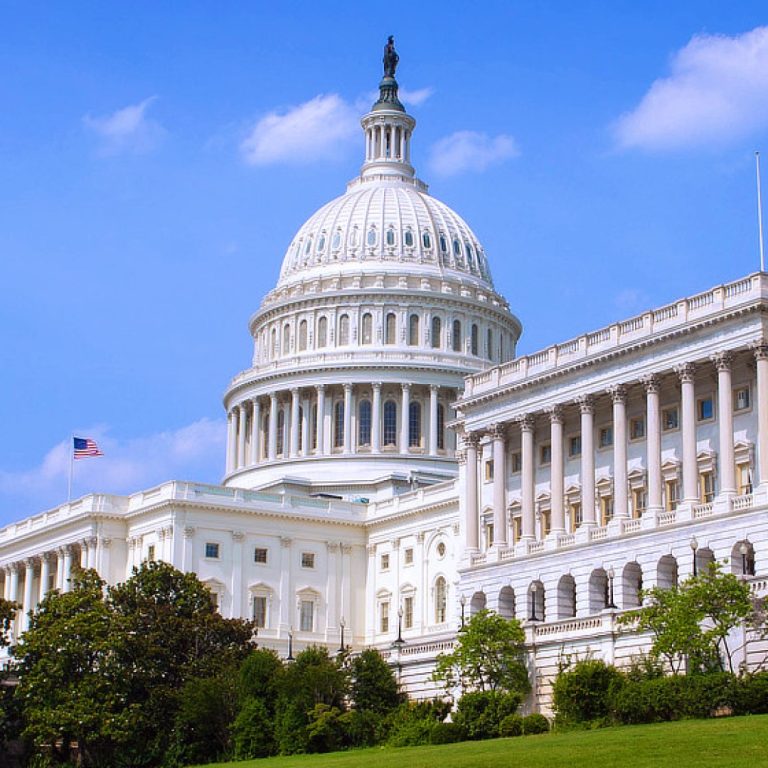
In 1996, food poisoning in the U.S. cost an estimated $22 billion, according to a congressional study. In…
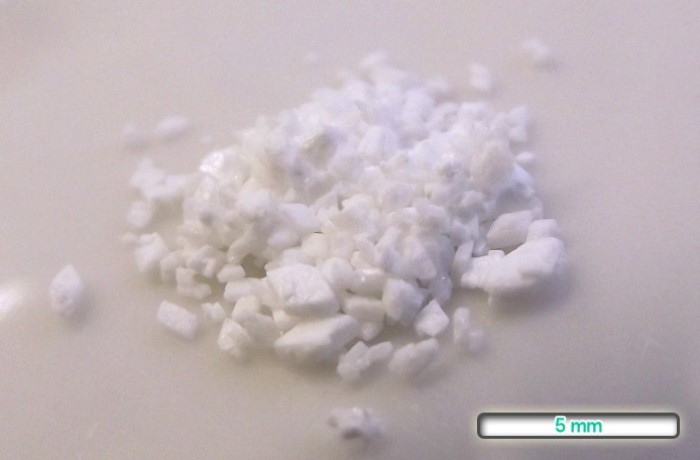
On Dec. 6, 1995, the U.S. Congress repealed the saccharin notice requirements. The store warning notice requirement was…

In 1995, the FDA declared cigarettes to be “drug delivery devices.” Restrictions were proposed on marketing and sales…
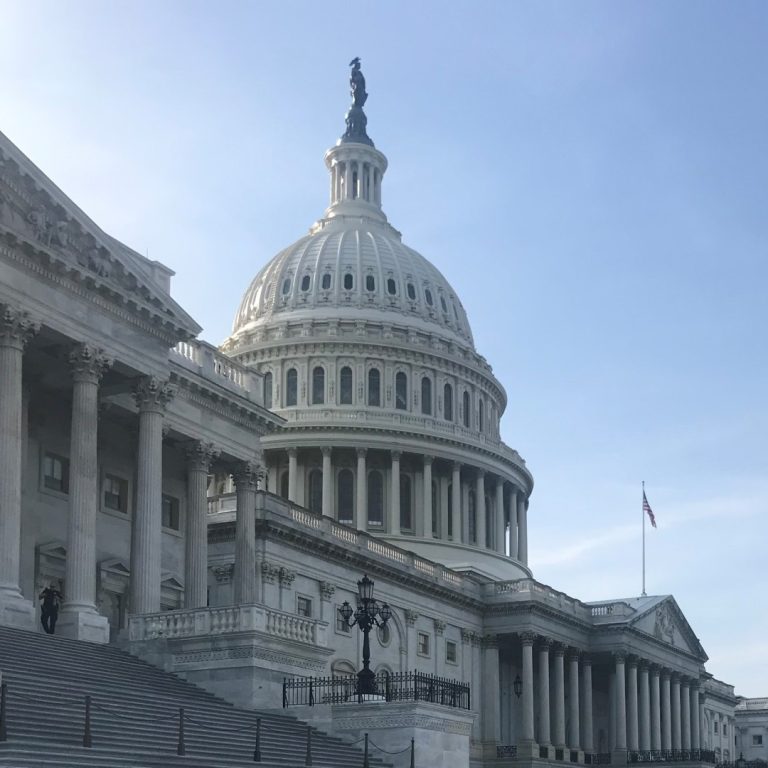
In 1995, the Dickey-Wicker Amendment, named after Representative Jay Dickey (R) from Arkansas, was passed by the U.S….
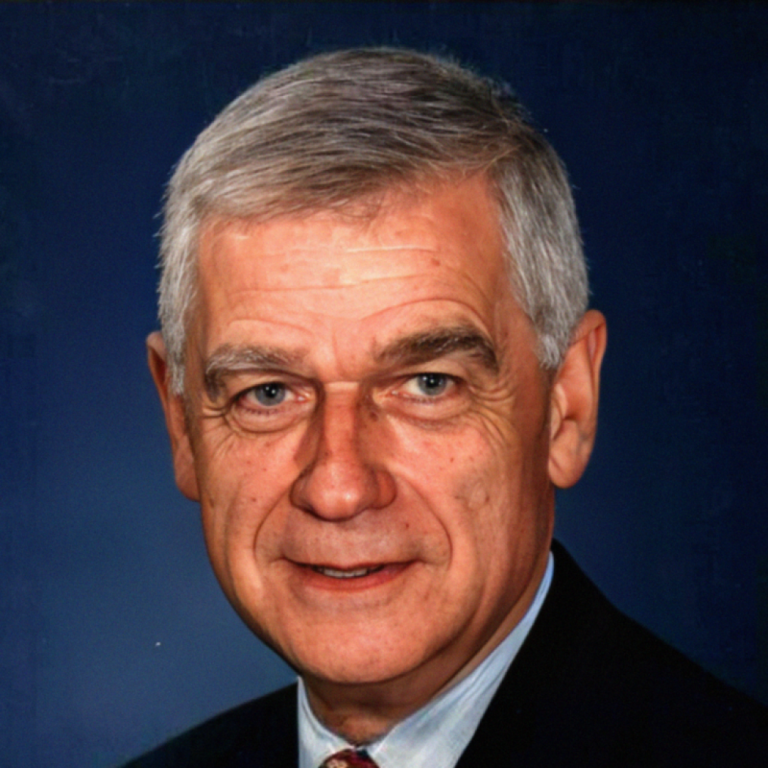
In 1995, Senator Mark Hatfield received the Albert Lasker Public Service Award “For energetic leadership and enduring advocacy…

On Oct. 22, 1994, the Animal Medicinal Drug Use Clarification Act (AMDUCA) became law permitting veterinarians to prescribe…
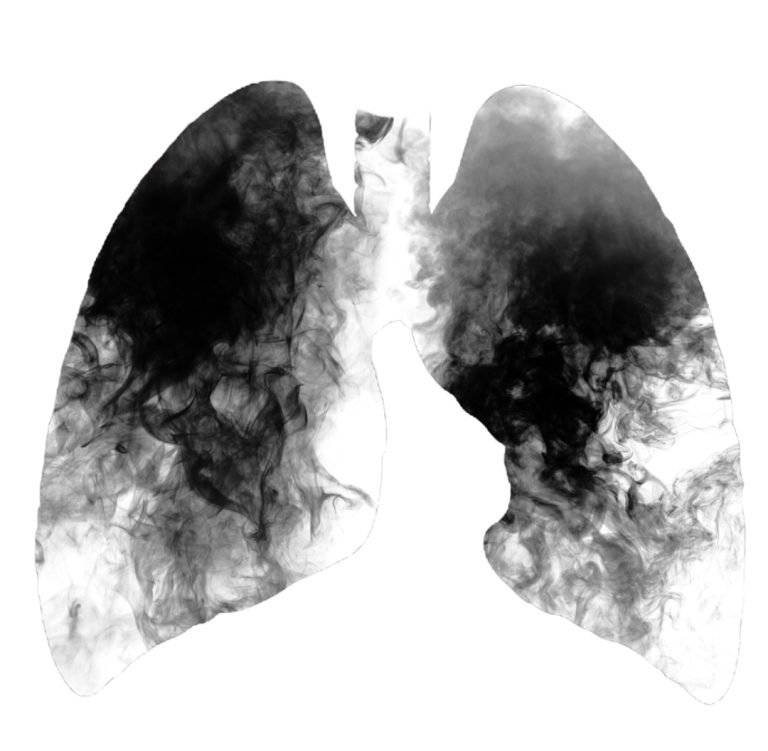
On Feb. 25, 1994, the U.S. Food and Drug Administration (FDA) announced it could consider regulating regulating tobacco…
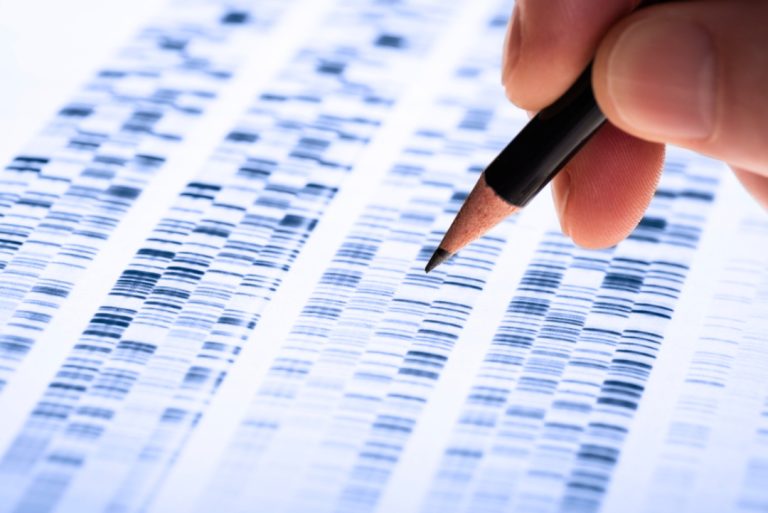
In 1994, the DNA Identification Act authorized the establishment of a national index of: (1) DNA identification records…
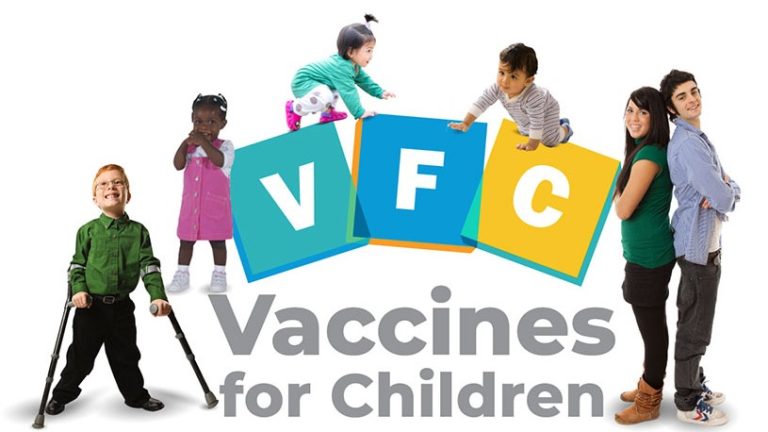
On Aug. 10, 1993, In response to this measles epidemic, the U.S. Congress created the National Vaccine Program…
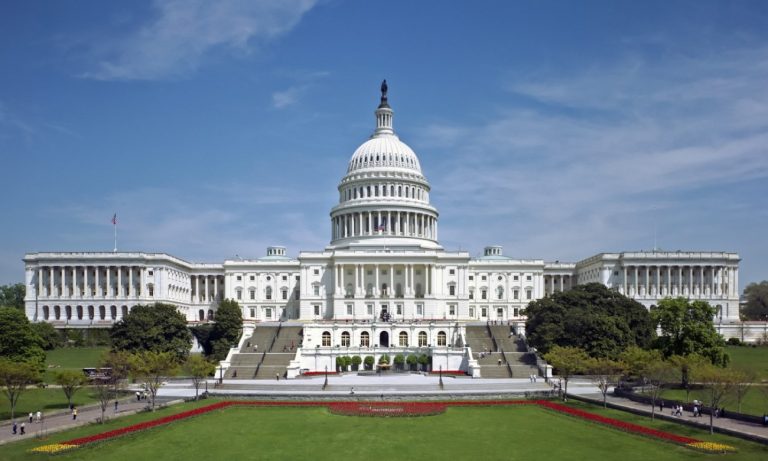
On Jun. 10, 1993, the U.S. Congress signed the National Institutes of Health Revitalization Act, P.L. 103-43. The…

On Aug. 10, 1993, The Vaccines for Children Program was established after passage of the U.S. Congress’ Omnibus…

In 1993, the U.S. Food and Drug Administration (FDA) declared genetically-engineered foods are not inherently dangerous and do…
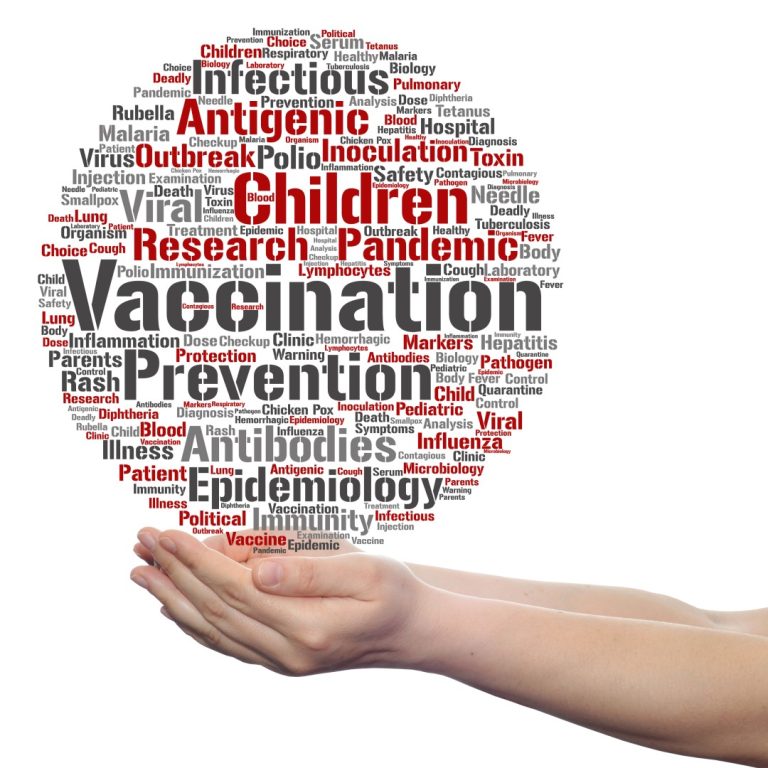
In 1993, the development of immunization registries was promoted at the national level. A national health goal for…

On Nov. 2, 1992, the Veteran’s Affairs Medical Center bridge opened. The 660-foot-long suspended pedestrian enclosed skybridge is…

On Oct. 27, 1992, the Mammography Quality Standards Act (MQSA) was passed (P.L. 102-539) by the U.S. Congress…
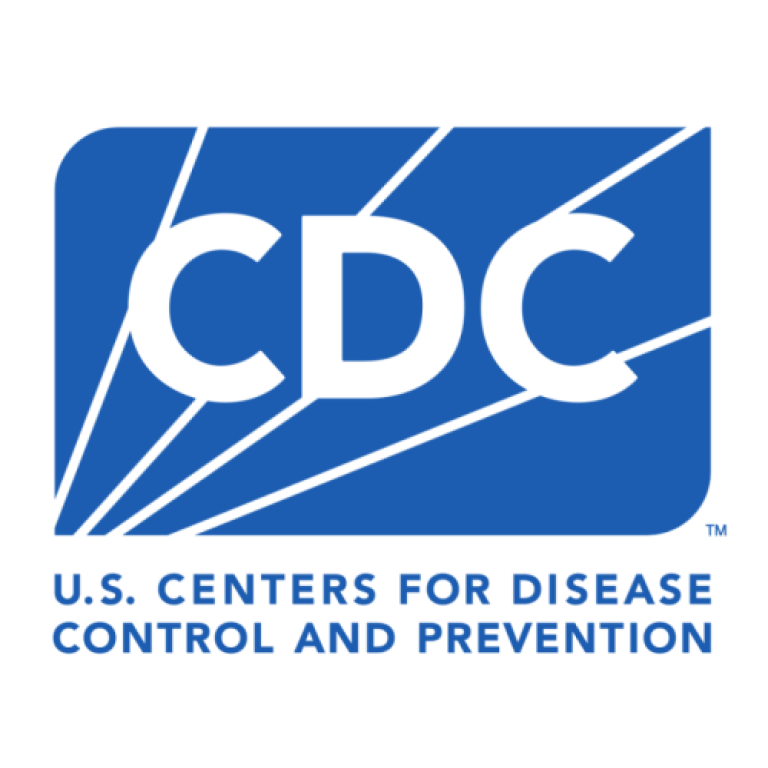
On Oct. 27, 1992, the CDC was officially renamed Centers for Disease Control and Prevention, retraining its initials…